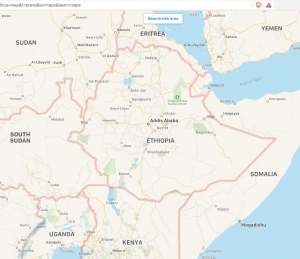No matter what historians claimed, BC really stood for “Before Coffee”
Master of the Mountain
Ethiopia, being a believed place where human beings evolved, is coffee’s motherland.

There are many legends about how the first coffee plant was discovered. The most famous one ascribes coffee discovery to a goat herd.
Goats were the primary coffee lovers. The story begins in the 9th-century when one Ethiopian goat herd noticed that the reason for his sleepless nights was his goats who remained awake and rather lively. This energising effect on the flock was caused by nibbling on the bright red berries of a certain bush. The goat herd tried the berry himself and realised its revitalising effect.
This is how coffee became known in the first place.
Coffee was drunk in Yemen by the 15th century.
By the 16th century, coffee had spread to Persia (Iran) and Turkey. There were many coffee houses where people could get together and drink coffee.
Coffee reached Europe in the second half of the 16th century through commercial Mediterranean Sea routes. Coffee was imported into Italy first from the Ottoman Empire.
First coffeehouse in England opened in Oxford in 1651; then a year later in London. By the end of the 17th century there were hundreds of coffeehouses in English towns where people could not only drink coffee, but also read newspapers and simply talk. Coffeehouses were quickly becoming centres of social activity and communication in England, Austria, France, Germany and Holland.
Coffee began to replace beer and wine that were the common breakfast drink beverages of the time. People who drank coffee instead of alcohol felt alert and energised; furthermore, the quality of their work was hugely improved.
The first coffee house in the USA opened in Boston 1689.
In the early 18th century the Dutch began growing coffee in Indonesia. Also in the 18th century people began growing coffee in Brazil. By the early 19th century coffee plantations in Brazil were booming. In the 20th century, a vast amount of coffee was grown in Uganda.
The first successful technique for manufacturing a stable powdered instant coffee in 1901. This water-soluble powder was first mass produced in America around 1910.
In the early 20th century the coffee table became a popular item of furniture.
Today coffee is still one of the world’s most popular drinks. Brazil is the world’s largest producer of coffee. Coffee is also the world’s second most important commodity, after oil.






